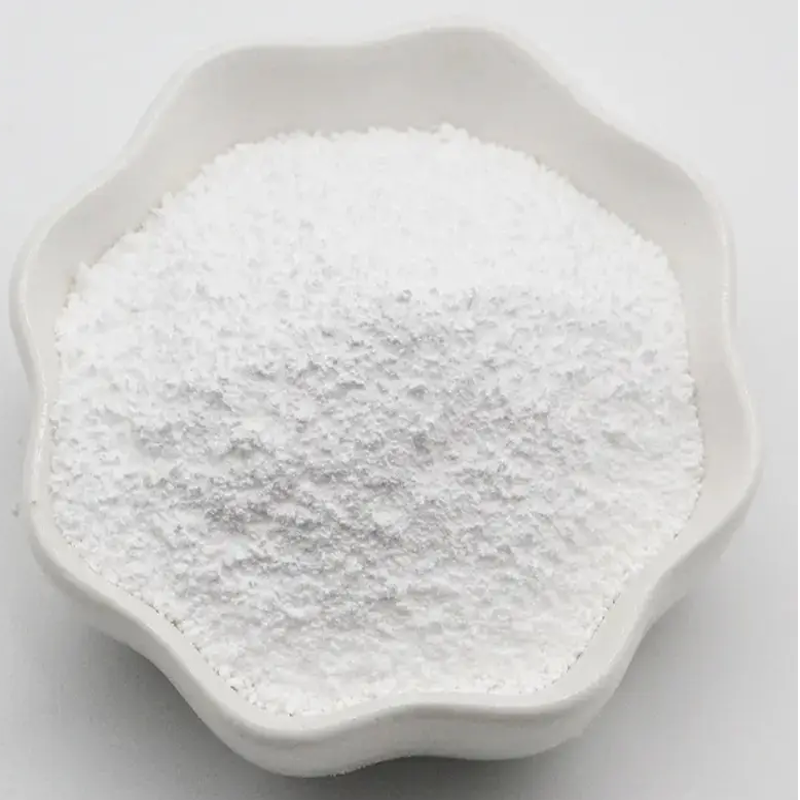-
Categories
-
Pharmaceutical Intermediates
-
Active Pharmaceutical Ingredients
-
Food Additives
- Industrial Coatings
- Agrochemicals
- Dyes and Pigments
- Surfactant
- Flavors and Fragrances
- Chemical Reagents
- Catalyst and Auxiliary
- Natural Products
- Inorganic Chemistry
-
Organic Chemistry
-
Biochemical Engineering
- Analytical Chemistry
- Cosmetic Ingredient
-
Pharmaceutical Intermediates
Promotion
ECHEMI Mall
Wholesale
Weekly Price
Exhibition
News
-
Trade Service
*Only for medical professionals to read for reference antibiotic knowledge points, have you learned it? Preface From the glorious era of antibiotics to the era of antibiotic resistance! 1 In the past ten years, antibiotic management and infection prevention have not prevented the rapid spread of drug-resistant gram-negative bacteria, especially carbapenem-resistant Pseudomonas aeruginosa (and other sugar-non-fermenting drug-resistant gram-negative bacteria) , Produce extended-spectrum β-lactamase (ESBL) and carbapenem-resistant Enterobacteriaceae bacteria
.
The clinical significance and public health burden of antibiotic resistance has always been a thorny issue, and the trend in the world is not optimistic
.
Based on the current medical situation and the research progress of antibacterial drugs, Matteo Bassetti and others have predicted the global antibiotic resistance situation in the next 30 years: by 2050, antibiotic resistance will cause 10 million deaths in the world each year, which is significantly higher than that.
The number of deaths from cancer
.
Bassetti, M.
, Poulakou, G.
, Ruppe, E.
et al.
Antimicrobial resistance in the next 30 years, humankind, bugs and drugs: a visionary approach.
Intensive Care Med,2017,43:1464-1475.
2 According to resistance mechanism , Bacterial resistance can be divided into inherent resistance (natural resistance) and acquired resistance
.
Inherent drug resistance is determined by chromosomes.
Different bacteria have different cell structures and chemical compositions, making them naturally insensitive to certain antibacterial drugs
.
Acquired drug resistance is caused by genetic mutation (or) acquisition of exogenous drug resistance genes in sensitive bacteria
.
Acquired drug resistance is mediated by plasmids after bacteria come into contact with antibiotics, and they are not killed by antibiotics by changing their own metabolic pathways
.
Acquired drug resistance of bacteria can disappear due to no longer exposure to antibiotics, or the plasmid can transfer drug resistance genes to chromosomes and be passed on from generation to generation, becoming inherent drug resistance
.
References: Pharmacology textbook 3 Ma Xiaoling, Lu Huaiwei, Zhang Yan.
Understanding the natural and acquired resistance of bacteria[J].
Chinese Journal of Laboratory Medicine,2012,35(8):762-763.
There are literatures showing : Staphylococcus is naturally resistant to ceftazidime, but the instructions for ceftazidime say it is effective against Staphylococcus aureus! 4 There is very little literature on natural drug resistance! 5Vancomycin, linezolid, etc.
, are naturally resistant to many G-bacteria! Aztreonam is naturally resistant to many G+ bacteria! Macrolides are naturally resistant to many G-bacteria! 6 Enterobacter, naturally resistant to cephalosporins such as cefoxitin! Morganella, Proteus, Serratia, etc.
, are naturally resistant to tigecycline! 7 Sugar non-fermenting bacteria: Sugar non-fermenting bacteria are bacteria that can survive in non-fermenting glucose.
They are equivalent to the stone in the toilet, smelly and hard, and are naturally resistant to many antibiotics! The permeability of the outer membrane of Pseudomonas aeruginosa is only 8% of that of Escherichia coli.
Many antibiotics cannot enter, so it is easy to resist
.
Pseudomonas aeruginosa is naturally resistant to tigecycline! Acinetobacter baumannii, Pseudomonas aeruginosa, natural resistance to ampicillin, cefotaxime, ceftriaxone, ertapenem, sulfonamides, etc.
! Stenotrophomonas maltophilia is naturally resistant to most antibiotics on the surface, including ampicillin, piperacillin, cefotaxime, ceftriaxone, ertapenem, imipenem, aminoglycosides, etc.
.
It is sensitive to ceftazidime in vitro but not effective in vivo
.
But weak chicken sulfa can kill him, and it is often the first choice! 8 Schematic diagram of the mechanism of action of antibacterial drugs 9 Classification of β-lactam antibiotics Source: Little Doctor's Interesting Medicine Author: Sun Danxiong Editor: Dai Dai Copyright statement
.
The clinical significance and public health burden of antibiotic resistance has always been a thorny issue, and the trend in the world is not optimistic
.
Based on the current medical situation and the research progress of antibacterial drugs, Matteo Bassetti and others have predicted the global antibiotic resistance situation in the next 30 years: by 2050, antibiotic resistance will cause 10 million deaths in the world each year, which is significantly higher than that.
The number of deaths from cancer
.
Bassetti, M.
, Poulakou, G.
, Ruppe, E.
et al.
Antimicrobial resistance in the next 30 years, humankind, bugs and drugs: a visionary approach.
Intensive Care Med,2017,43:1464-1475.
2 According to resistance mechanism , Bacterial resistance can be divided into inherent resistance (natural resistance) and acquired resistance
.
Inherent drug resistance is determined by chromosomes.
Different bacteria have different cell structures and chemical compositions, making them naturally insensitive to certain antibacterial drugs
.
Acquired drug resistance is caused by genetic mutation (or) acquisition of exogenous drug resistance genes in sensitive bacteria
.
Acquired drug resistance is mediated by plasmids after bacteria come into contact with antibiotics, and they are not killed by antibiotics by changing their own metabolic pathways
.
Acquired drug resistance of bacteria can disappear due to no longer exposure to antibiotics, or the plasmid can transfer drug resistance genes to chromosomes and be passed on from generation to generation, becoming inherent drug resistance
.
References: Pharmacology textbook 3 Ma Xiaoling, Lu Huaiwei, Zhang Yan.
Understanding the natural and acquired resistance of bacteria[J].
Chinese Journal of Laboratory Medicine,2012,35(8):762-763.
There are literatures showing : Staphylococcus is naturally resistant to ceftazidime, but the instructions for ceftazidime say it is effective against Staphylococcus aureus! 4 There is very little literature on natural drug resistance! 5Vancomycin, linezolid, etc.
, are naturally resistant to many G-bacteria! Aztreonam is naturally resistant to many G+ bacteria! Macrolides are naturally resistant to many G-bacteria! 6 Enterobacter, naturally resistant to cephalosporins such as cefoxitin! Morganella, Proteus, Serratia, etc.
, are naturally resistant to tigecycline! 7 Sugar non-fermenting bacteria: Sugar non-fermenting bacteria are bacteria that can survive in non-fermenting glucose.
They are equivalent to the stone in the toilet, smelly and hard, and are naturally resistant to many antibiotics! The permeability of the outer membrane of Pseudomonas aeruginosa is only 8% of that of Escherichia coli.
Many antibiotics cannot enter, so it is easy to resist
.
Pseudomonas aeruginosa is naturally resistant to tigecycline! Acinetobacter baumannii, Pseudomonas aeruginosa, natural resistance to ampicillin, cefotaxime, ceftriaxone, ertapenem, sulfonamides, etc.
! Stenotrophomonas maltophilia is naturally resistant to most antibiotics on the surface, including ampicillin, piperacillin, cefotaxime, ceftriaxone, ertapenem, imipenem, aminoglycosides, etc.
.
It is sensitive to ceftazidime in vitro but not effective in vivo
.
But weak chicken sulfa can kill him, and it is often the first choice! 8 Schematic diagram of the mechanism of action of antibacterial drugs 9 Classification of β-lactam antibiotics Source: Little Doctor's Interesting Medicine Author: Sun Danxiong Editor: Dai Dai Copyright statement







